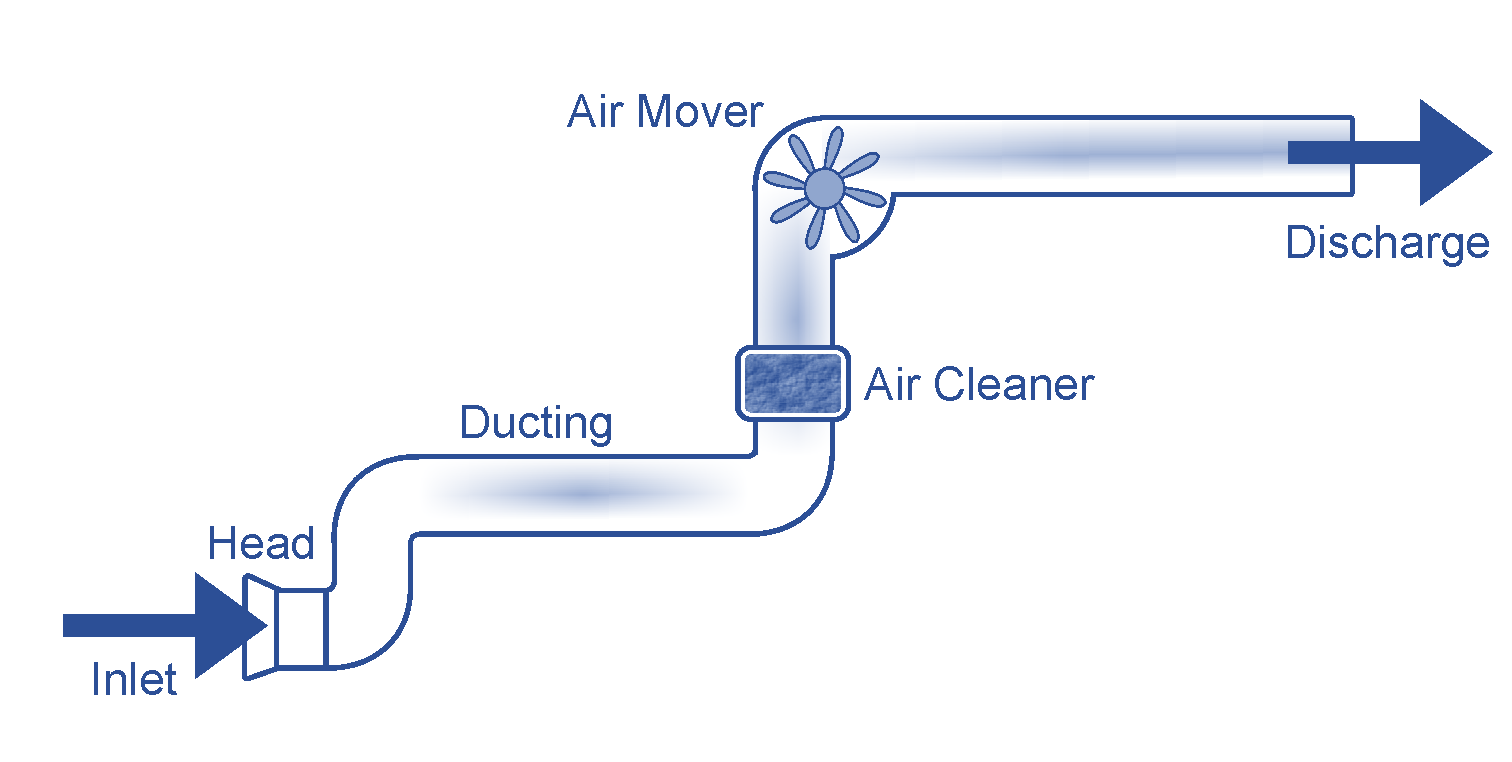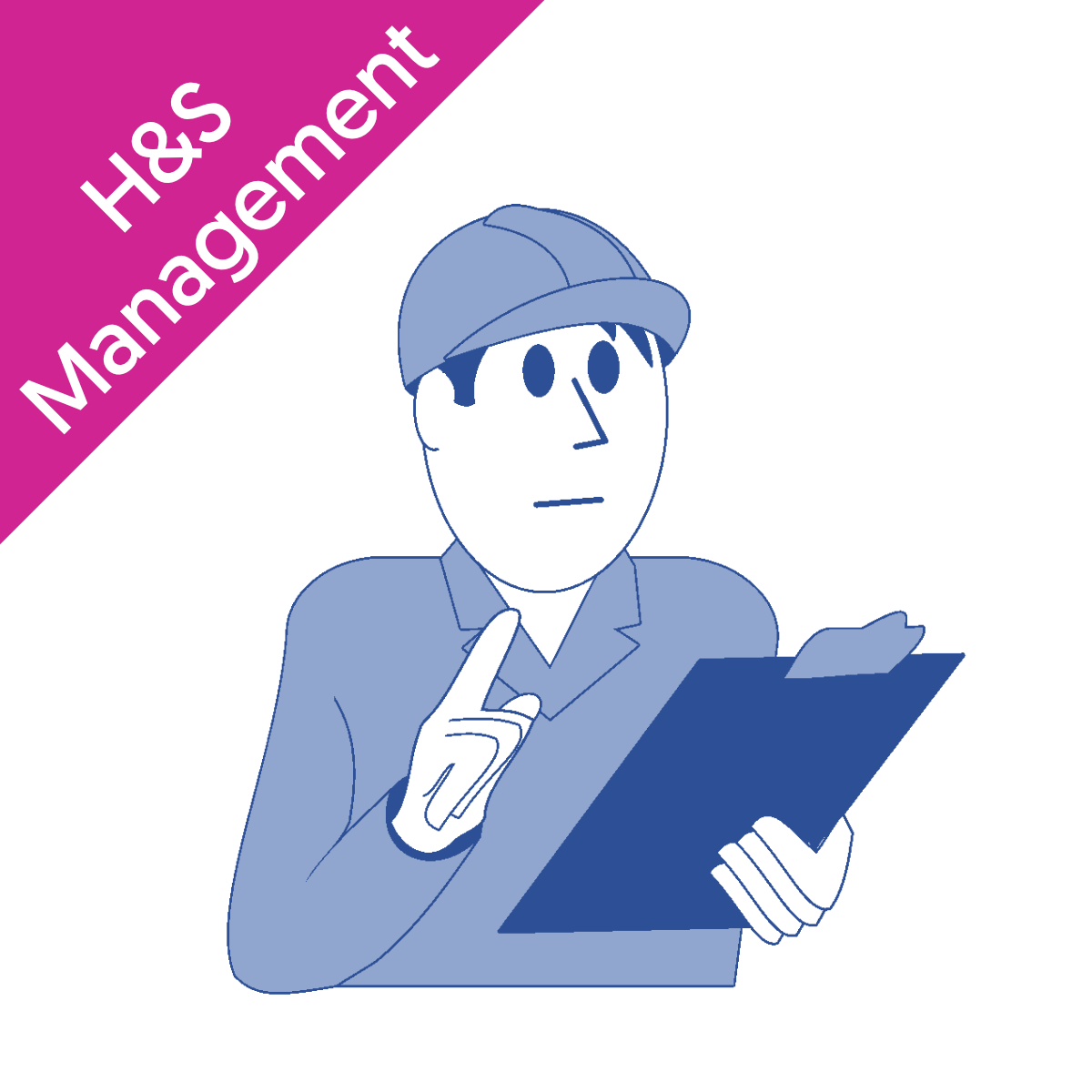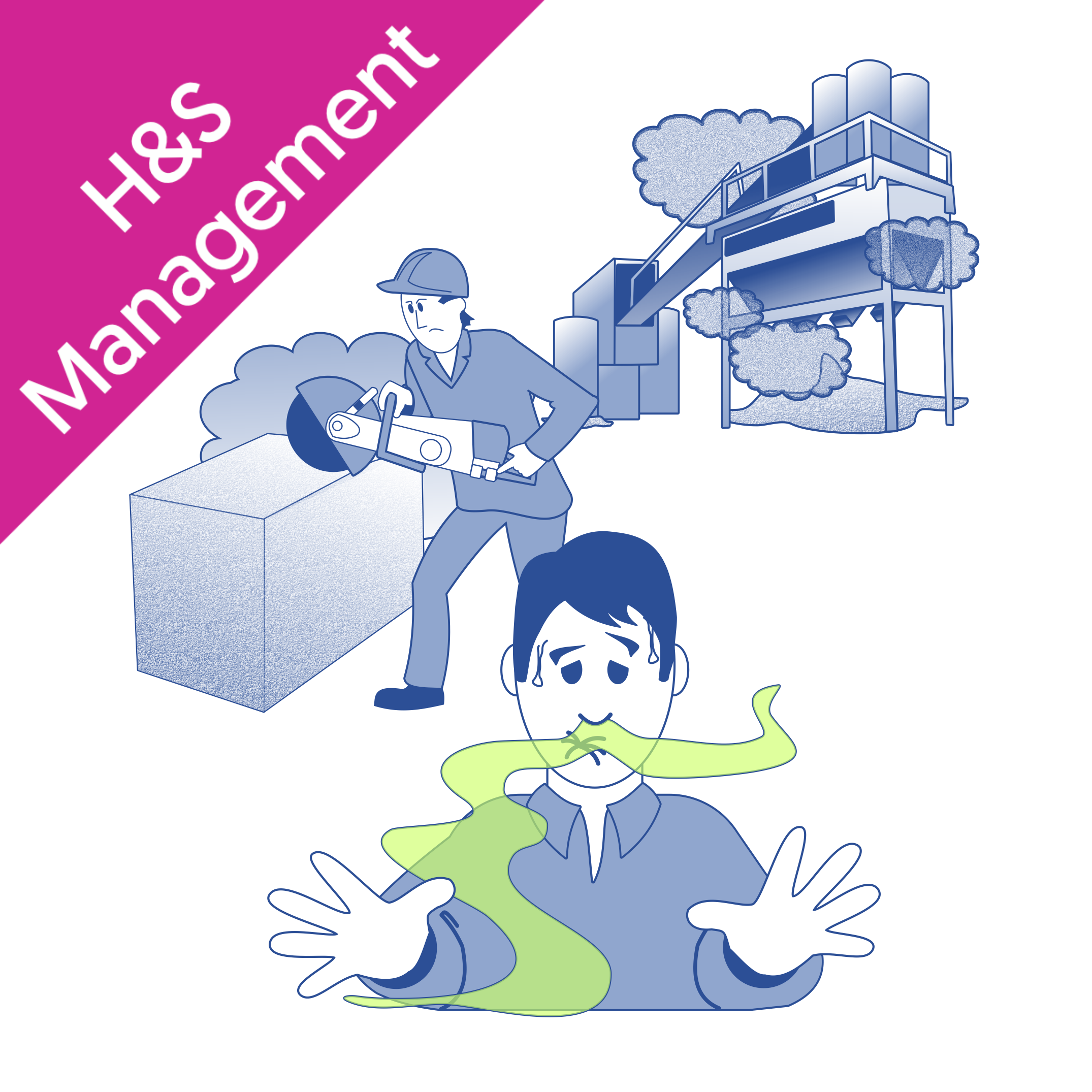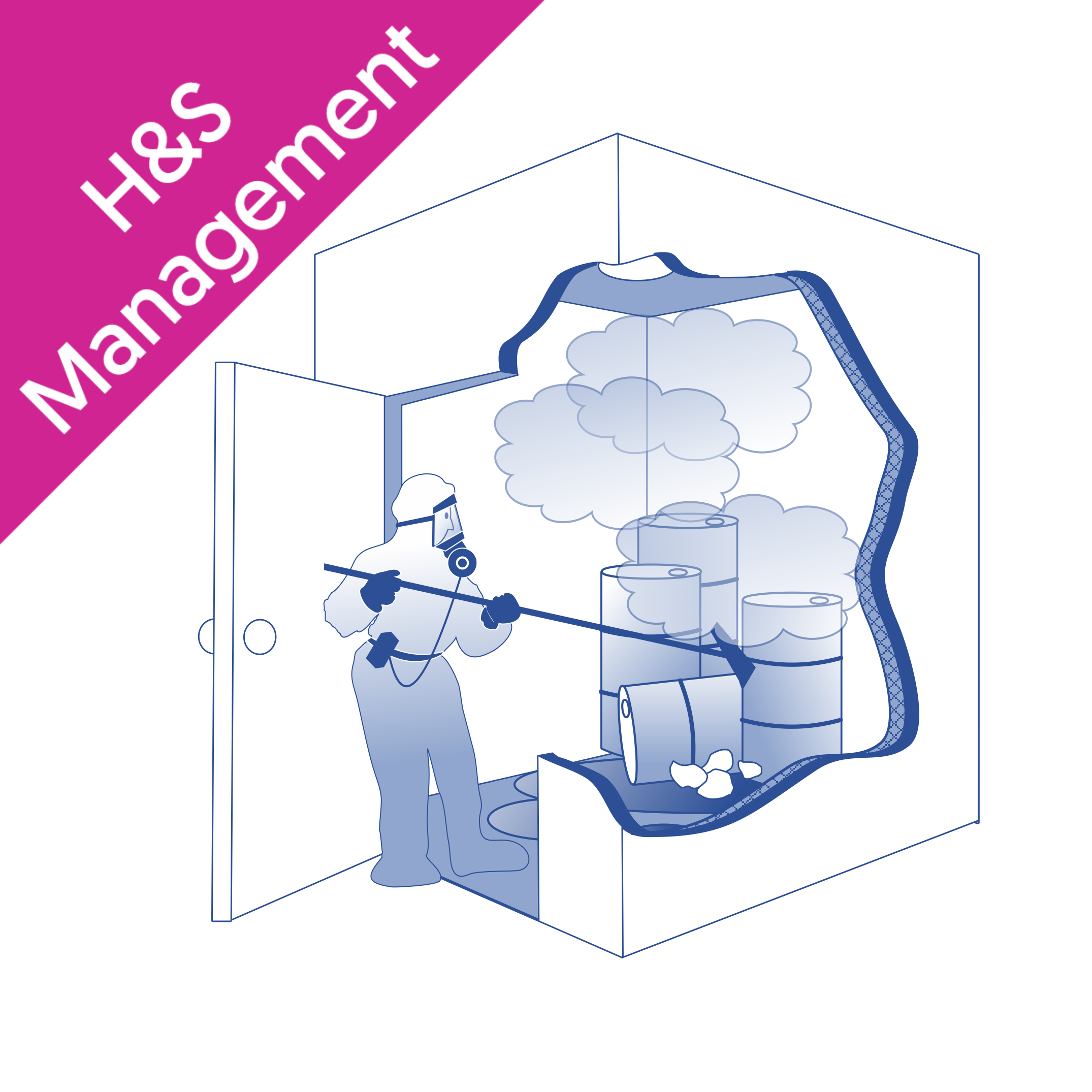What is the Difference Between Long-term and Short-term Exposure Limits?
Long-term exposure limits (LTELs) show the highest safe level of a substance for a regular 8-hour workday. Short-term exposure limits (STELs) indicate the maximum safe amount for a shorter period, which is about 15 minutes. These limits help protect people from harmful effects that can happen when exposed to high levels in a short time.
The Role of EH40/2005 Workplace Exposure Limits
The HSE offers a document called EH40/2005: ‘Workplace Exposure Limits’, often called the EH40, to inform everyone about exposure limits.
This document is key as it provides the latest list of workplace exposure limits for many substances. You can find this information in "Table 1," which includes legally binding limits and other restrictions.
The EH40 includes updates from new scientific research. Because of this, it is important to always check for the latest edition of EH40.
It also provides valuable monitoring information, an explanation of how to calculate exposure limits and how to manage mixed exposure situations.
How Often Are the EH40 Exposure Limits Updated?
EH40 gets updated often to include the latest science, revised WELs and new limits. The latest version, EH40/2005 (Fourth Edition), became available in January 2020.
The Relationship Between EH40, WEL, and COSHH Regulations
EH40 and WELs are important parts of the COSHH Regulations. COSHH sets the rules and legal duties for handling hazardous substances. It is the responsibility of the employer to keep their organisation COSHH compliant. EH40 provides specific limits for air pollution caused by these substances.
In simple terms, EH40 takes the general COSHH rules and defines clear limits. This helps employers manage workforce exposure limits and keep a safe workplace.
Navigating Through WELs Under COSHH Guidelines
Working with COSHH rules means you need to know the WELs for the substances you use at work.
The EH40 guide is useful. It has a full list of WELs and helpful advice. COSHH says employers must have good control measures. These measures keep exposure to safe levels to protect worker health and safety.
This can include installing ventilation systems or limiting how long workers are around harmful substances. Sometimes, workers may also need to wear protective equipment, like respirators, when other control measures are not enough.
Can Employers Exceed the WELs Specified in EH40?
No. Surpassing the workplace exposure limits described in EH40 is a violation of COSHH Regulations 2002. These limits show the highest level of exposure allowed at work in Great Britain.
What Should Employers Do If Exposure Limits Are Exceeded?
If workplace exposure limits are too high, the employer needs to act fast. They should contact the HSE. It is key to find ways to lower the exposure. This can mean adding new control measures that the safety executive recommends.
Assessing and Managing Risks Related to Workplace Exposure
Managing the risks of workplace exposure starts with a careful inspection and assessment.
The aim is to find possible dangers and check exposure levels. This is called a COSHH assessment. A COSHH assessment is important for a good risk management plan. Employers must do these assessments and create control measures based on their findings. In more complex working environments, some organisations work with a safety consultant to help manage the assessments and provide ongoing support.
Implementing Effective Control Measures to Reduce Exposure
After finishing a COSHH assessment and finding risks, the next step is to create strong control measures. These measures help to remove or reduce exposure to hazardous substances.
Use the hierarchy of control to choose the best solutions. For example, it is best to swap a harmful substance for a safer one. If that is not possible, use engineering controls. This includes adding ventilation systems and local exhaust ventilation (LEV) to capture and take away harmful particles from the air.
![Local Exhaust Ventilation System Diagram Local Exhaust Ventilation System Diagram]()
You can also apply administrative controls. This might mean reducing the time a person is exposed or using safe work methods.
Lastly, personal protective equipment (PPE) is very important, even though it is the last line of defence.
Strategies for Monitoring and Maintaining Safe Exposure Levels
Monitoring exposure levels is key to making sure control measures work properly and to keep workers safe. This involves two main steps.
- First, you should check the air in the workplace often to see how much contamination is present.
- Second, make sure to keep detailed records of these checks.
By tracking exposure levels closely and writing them down, companies can spot problems early. They can also check if their control measures are effective and confirm that they are following the rules.
Techniques for Regular Exposure Monitoring
There are several ways to check the exposure levels of harmful substances at work.
A common way is personal air sampling. In this method, workers wear special devices that collect air samples during their workday. This helps us find out how much exposure each worker gets based on their jobs and the areas they work in.
For harmful substances like silica, there are special tools and tests to measure exposure accurately. Area monitoring is also important. It checks if the ventilation systems are working well.
The choice of how to monitor depends on the harmful substance, the work setting, and the tasks being done.
The Importance of Keeping Exposure Records
Keeping accurate and up-to-date exposure records is important for several reasons. First, it helps ensure exposure levels stay below the WELs. This protects the health of workers. Second, these records are key documents that prove compliance with COSHH regulations. It's vital to keep everything clear and be ready to share this information during inspections or audits.
Typically, these records include details like:
Information | Example |
Substance Monitored | Toluene |
Date and Time of Monitoring | 26 October 2024, 10:00 AM |
Duration of Monitoring | 4 hours |
Worker's Name | John Smith |
Sampling Method Used | Personal air sampling |
Results (with Units) | 50 ppm (below LTEL of 100 ppm) |
Conclusion
Understanding EH40 Workplace Exposure Limits is important for a safe work environment. EH40 tells us the safe levels of exposure to harmful substances.
Employers can manage risks better by using COSHH guidelines and checking regularly. It is also important to monitor exposure levels. Keeping good records is necessary, too.
If you or your team require more information, our COSHH Awareness Course is available to purchase as standalone training or as part of a training bundle.










